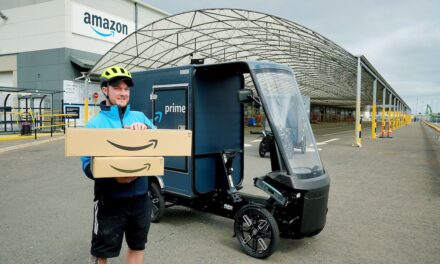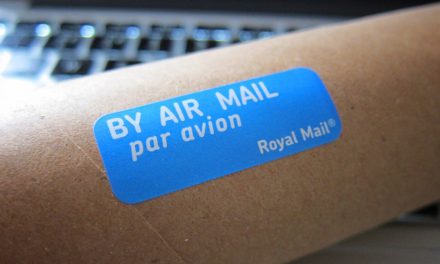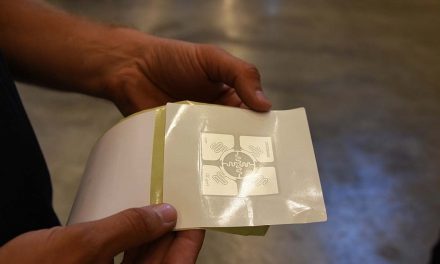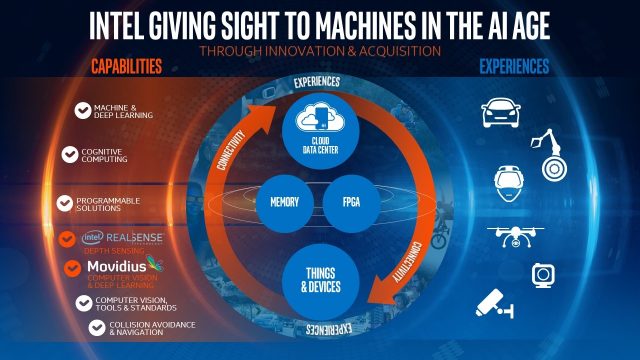
Towards the "Internet of Things"
The New Collaborative World
We are currently on the cusp of a major technology enabled revolution that will make the agricultural and industrial revolutions look very tame by comparison. The postal world is well positioned to take advantage of these changes but it will need to shake off traditional ways of thinking and absorb new concepts.
Web browsing and email are now well established technologies and the younger generation is keen to embrace even more radical social networking concepts such as YouTube and MySpace. The mindset to date has been that the internet provides tools that that you can use to help you work more efficiently but, as we move into a more collaborative world, the whole purpose and nature of work will change. Indeed the nature of organisations will change too.
This new collaborative world will have at its core three overlapping elements: “The Internet of Services”, “The Internet of Things”, and “Pervasive Communications”
The Internet of Services
The Internet of Services is becoming more sophisticated and for the first time is providing consumers with real choice. However, searching on the web can still be a cumbersome and laborious process as readers will know for themselves when you can get 100,000 results from a simple Google search. The advent of the so-called Semantic Web will provide information in context and improve the meaning and usefulness of the vast amount of information that is currently on-line. The representational model through which we view the internet will also change.
The Internet of Things
Developments in RFID technology along with traditional Bar Code scanning forms the basis for a new Internet of Things which promises to connect the virtual world with the physical world. This is a pervasive concept that requires scale and openness to be successful. RFID tag and reader costs have reduced dramatically but need to be accompanied by open systems thinking and interoperability standards.
Pervasive Communications
The third element is Pervasive Communications. Communication is no longer device or location dependent. You can access email, TV and web on your mobile phone; and email, web and phone on your TV as well as on your PC.
We are used to the supermarket checkout where barcodes (or RFID tags) are scanned as they move past a reader. The advent of low cost mobile readers and Wifi now means that low cost RFID tags can be embedded at shelf locations and a mobile reader can be located on the forklift truck. Expensive fixed RFID gate installations can be replaced by area sensing using Wifi. The next generation of mobile phones will all have embedded RFID readers. The traditional way of thinking about communications is being turned on its head.
The Internet of Abstractions
These are the three foundation elements of the new collaborative world but another concept is needed for full exploitation, the Internet of Abstractions. For instance, to run a logistics operation effectively you need to know about weather conditions, congestion and delivery points. Unfortunately today it is extremely difficult to combine information from different source applications to make effective decisions because the meaning of data is not explicit and is likely to vary in different systems. The meanings of the data held in the weather, traffic and route planning systems are all different. The MIT Data Centre has been working on self-identifying information that allows meaningful data to be created by combining information from the different information models.
So how are the posts positioned to take advantage of the opportunities in this new collaborative world? Here are some examples:
Covert Mail Measurement
The IPC/Lyngsoe Automated Mail Quality Measurement (AMQM) system is used to measure the quality of service of domestic and international mail. Independent panellists use 75,000 test letters containing semi-active RFID tags to covertly measure postal administration performance. Payment linked to performance is used for inter-country financial settlement so the business case is strong and has resulted in quantifiable improvements. Domestic results are now being used to measure regulatory performance where poor performance can often be linked to severe financial penalties. The AMQM system allows a number of different measurement applications to access 10,000 reading points on 1,000 sites in 50 countries. This makes it the largest RFID system in the world.
The UPU is currently setting the business requirements for a Global Monitoring System (GMS). This next generation system will take advantage of technology advances and cost reductions that will allow true global deployment, and thus meet the Bucharest UPU Congress objective of providing J+5 performance results for all international mail flows.
Creating a Postal RFID Community
The Advanced Electronic Services User Group (AESUG) of the UPU is working on adopting and customising interoperability standards for the postal RFID community and between the posts and other important customer and supplier communities. The core services that have already been designed to support the development of new electronic postal services might be able to be enhanced to provide core services for RFID collaboration, such as Authentication and Trust, Discovery and Naming.
eCommerce
With extensive home delivery networks, posts are a natural delivery network for eCommerce and in most countries postal networks remain the main delivery mechanism. In the UK, Royal Mail now provides a multi-channel eCommerce solution which offers retailers 8-10 simultaneous internet sales channels, pay for use secure warehousing, and optimised distribution. A retailer can now be selling goods simultaneously on a traditional website, outlet websites, eBay, Amazon, paid search and price comparison sites; all from one warehouse and whilst maintaining total price and stock visibility.
eConsumer Technology
Some analysts expect that by 2050 50% of the world’s retails sales will be from the web. However, currently 10-30% of B2C shipments fail first time delivery and return/reverse logistics mechanisms are generally regarded as inadequate. The growth of eCommerce, which has been averaging 20-50% year on year, is therefore in danger of levelling off unless radical solutions are found to the practical and environmental problems of first-mile and final-mile.
There is now a strong business case for locating automated first-mile and final-mile solutions close to customers or at customer premises. I call this eConsumer technology. Imagine being offered a box solution close to where you live/work/travel when you make an ecommerce purchase, with an RFID scan to confirm that the shipment has arrived and where you receive an email or text notification.
This concept does depend on an open architecture, low cost automation and a pervasive box infrastructure. Edge-connecting customers to eCommerce could be a new opportunity for the posts.
Conclusion
A truly collaborative world will require a completely different way of thinking. Customers will have nearly infinite choice. These increasingly sophisticated eConsumers will become far more demanding, not just in what they buy, but in how and where their purchases are delivered. Posts need to embrace electronic products and services and electronically enabled physical services. Shared pervasive infrastructure will be the norm so standards for interoperability will be essential and collaboration will be the key.













